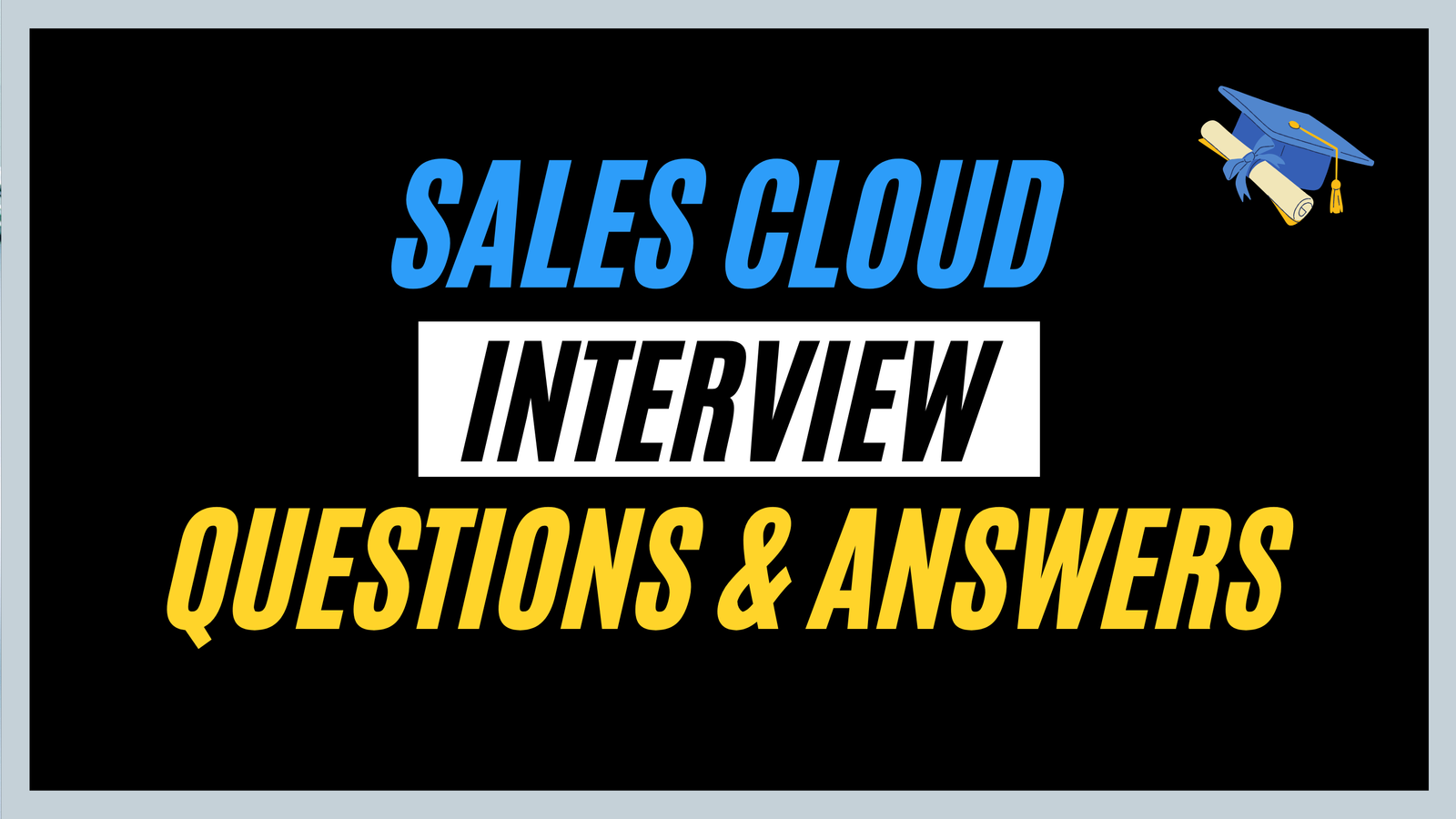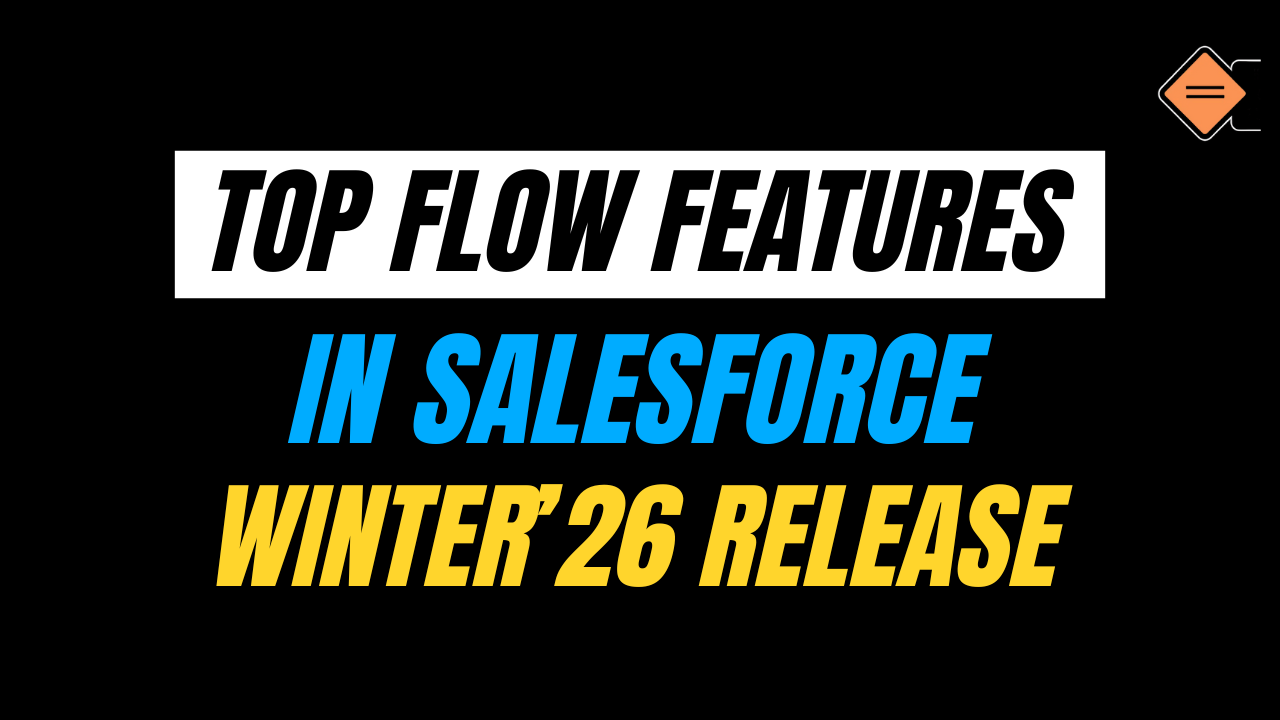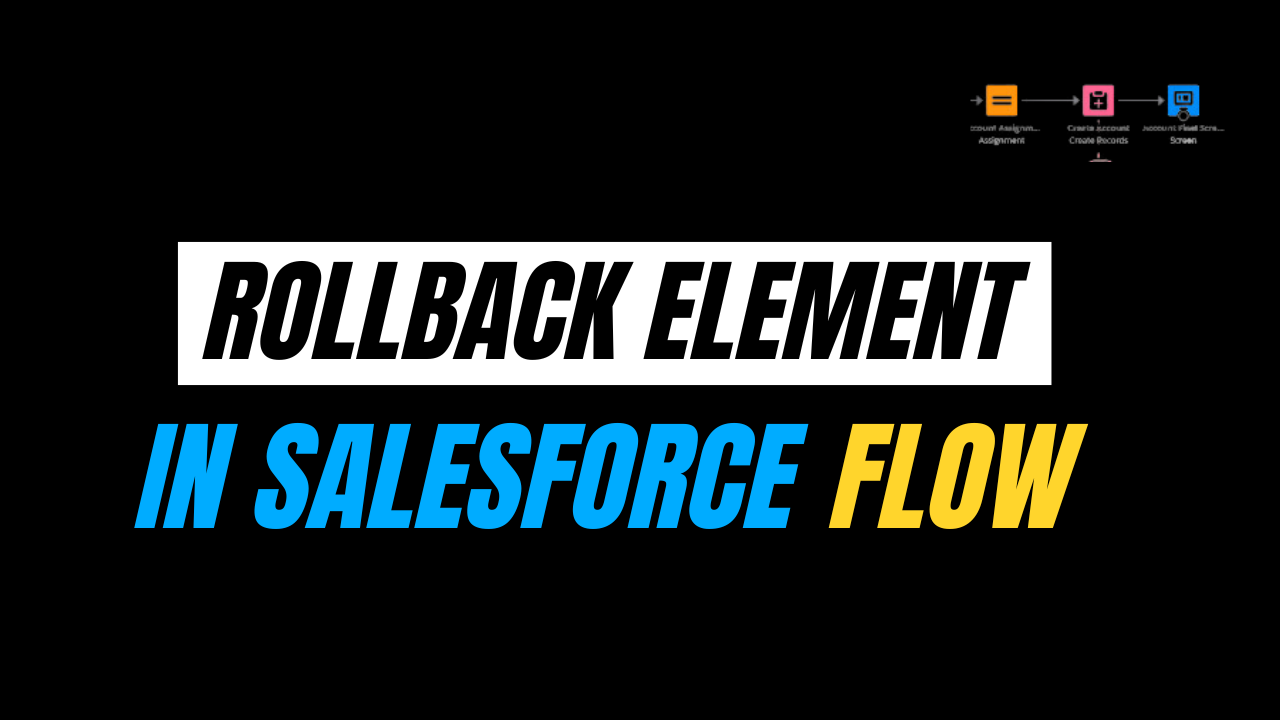This blog will provide 20+ commonly asked Sales Cloud interview questions and answers to help you excel in your next Salesforce interview. Each question will be followed by detailed answers so that you can showcase your knowledge effectively.
Sales Cloud is one of Salesforce’s core offerings. It is designed to help businesses grow their revenue by managing customer relationships. It helps us to track our sales activity and also streamline the sales process. If you are preparing for a Salesforce Sales Cloud interview, you need to be well-versed in its features, functionalities, and best practices.
Sales Cloud provides everything we need to manage our business by generating leads and managing opportunities. It helps organisations to sell faster and smarter by centralising customer information.
Let’s move forward with Sales Cloud Interview Questions and Answers
Question 1. What is Sales Cloud in Salesforce?
Answer – Sales Cloud is a Salesforce product designed to automate and enhance the sales process. It provides tools for managing leads, opportunities, accounts, and contacts, along with features like reporting, dashboards, forecasting, and automation to drive sales productivity and close deals faster.
Question 2. What are the key features of Sales Cloud?
Answer – The sales cloud gives us a variety of features to manage our organisation’s sales process. The following are the key features of Sales Cloud:
- Lead Management
- Campaign Management
- Opportunity Management
- Sales Forecasting
- Reports and Dashboards
- Sales Cloud Einstein
- Account and Opportunity Teams
Question 3. What is the Sales cloud life cycle?
Answer – The sales process in Salesforce starts with a campaign to identify effective marketing strategies. Campaign attendees are marked as leads, which can be created manually, through web forms, or imported. Leads are assigned to sales reps using automated rules to streamline the process.
After being qualified, leads are converted into accounts, contacts, and opportunities. The opportunity cycle follows key stages: qualification, analysis, proposal, negotiation, and closure. Salesforce tools simplify and automate these steps, ensuring an efficient sales journey.
Question 4. What are the most common objects we use in the Sales Cloud cycle?
Answer – The most common objects we use are Accounts, Contacts, Cases, Leads, and Opportunities. We can customise and configure these objects according to our business needs.
Question 5. What is the key benefit of Sales Cloud?
Answer – The main key benefit of using Sales Cloud is its capability to manage the whole process from Lead generation to converting them into accounts, contacts and opportunities in one single platform. It helps the Sales team to work efficiently and makes the process smooth so that the Team can focus on nurturing leads rather than managing the process.
Question 6. What is the difference between leads and opportunities?
Answer – Leads represent potential customers or prospects who might be interested in your product or service. Opportunities represent deals or sales that you are actively working on with existing or potential customers.
Question 7. What is the Lead Conversion process?
Answer – Lead conversion is the process of transforming the leads into a customer or client. When lead gets converted it gets stored in the Account, Contact and optionally in the Opportunities. Salesforce automatically maps the standard fields of leads to these 3 objects but we must map the custom fields as per the requirement. Below is the screenshot displaying how can we map the leads fields. After converting leads get non-editable and the converted field is updated to true.
Question 8. What is the role of Campaigns in the Sales Cloud?
Answer – Campaigns in the Sales Cloud are used to track and manage marketing efforts. They help measure the effectiveness of campaigns and their impact on sales, enabling better decision-making and ROI analysis.
With the help of Campaigns, we can identify where our money goes and understand how leads and contacts engage at multiple touchpoints. It helps us to organise our marketing plan and assets.
Question 9. What are Opportunity Stages, and why are they important?
Answer – Opportunity stages basically display the different phases of the sales cycle like whether the deals are closed won or lost or in which other phase our deals currently stand. It helps us to forecast revenue, and measure sales performance.
Opportunity deal change highlights help sales teams prioritize their work by calling out recent changes in deal size and close date. By creating Path we can display it over the page only so that our team works effectively.
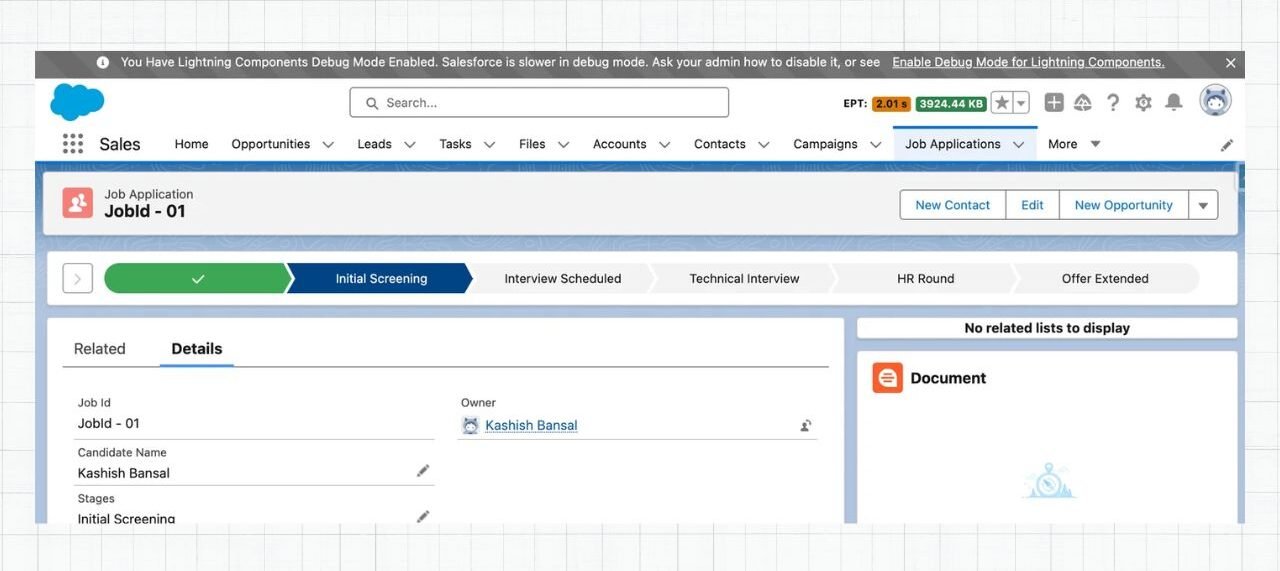
Question 10. What is Salesforce Forecasting?
Answer – Salesforce forecasting helps the sales team predict future sales revenue based on current pipeline and opportunity data. It helps sales teams plan and achieve their targets effectively.
Question 11. What is Einstein Lead Scoring, and how does it work in Sales Cloud?
Answer – Lead Scoring assigns a score to leads based on predefined criteria. It helps prioritise leads and focus on the most promising ones to increase conversion rates.
Einstein Lead Scoring uses data science and machine learning to identify patterns in your business’s lead conversion process. Using these patterns, Einstein predicts which leads we should prioritise. By analyzing historical lead data, Einstein identifies which current leads share similarities with previously converted leads. By default, it evaluates most lead fields, but admins can exclude specific fields if they believe those fields do not impact lead quality.
Question 12. What are the different types of Reports available in Salesforce?
Answer – In Salesforce we have four different types of reports :
- Tabular – It displays the data in rows and columns just like a spreadsheet. It is efficient if we want to display data as a simple list of records.
- Joined – It combines multiple report formats and types into a single view. These reports are good if we want to compare data across different datasets.
- Summary – It basically summarises or groups our data so if we want to display data by grouping a few values like to display opportunity which is grouped by their stage values.
- Matrix – It groups data by rows and columns to create a grid format. These reports are good for comparing related totals across different dimensions.
Question 13. What is Collaborative Forecasting?
Answer – Collaborative Forecasting allows sales teams to predict sales outcomes using customizable forecasts based on standard and custom objects.
Question 14. What is Einstein Activity Capture in Sales Cloud?
Answer – It is basically a tool which keeps data between Salesforce and your email and calendar applications up to date and uses three types of data – emails, contacts, and events. It helps sales teams be more productive by saving their time and keeping track of all their interactions for better insights and follow-up. It works by connecting the user’s Microsoft or Google account. After connecting our account it automatically logs our data associated with the account into Amazon Web Services (AWS). Hence it doesn’t provide us with many options for customisation.
Question 15. What is the use of Opportunity Splits in Sales Cloud?
Answer – This OOTB feature is useful if multiple persons are working as a team on a single opportunity. To split revenue from opportunity based on the percentage mentioned we can use opportunity splits. To enable this feature all the users working on the opportunity should be added to Opportunity Teams first with their roles and level of access.
Are you preparing for the Salesforce AI Certifications? Check out the Salesforce certification practice set here
Question 16. How can we set up Opportunity Split?
To set up Opportunity split there are a few pre-requisites we need to complete. Firstly, to enable the Teams we can go to Opportunity Teams Setting in Setup then check the Enable Team Selling.
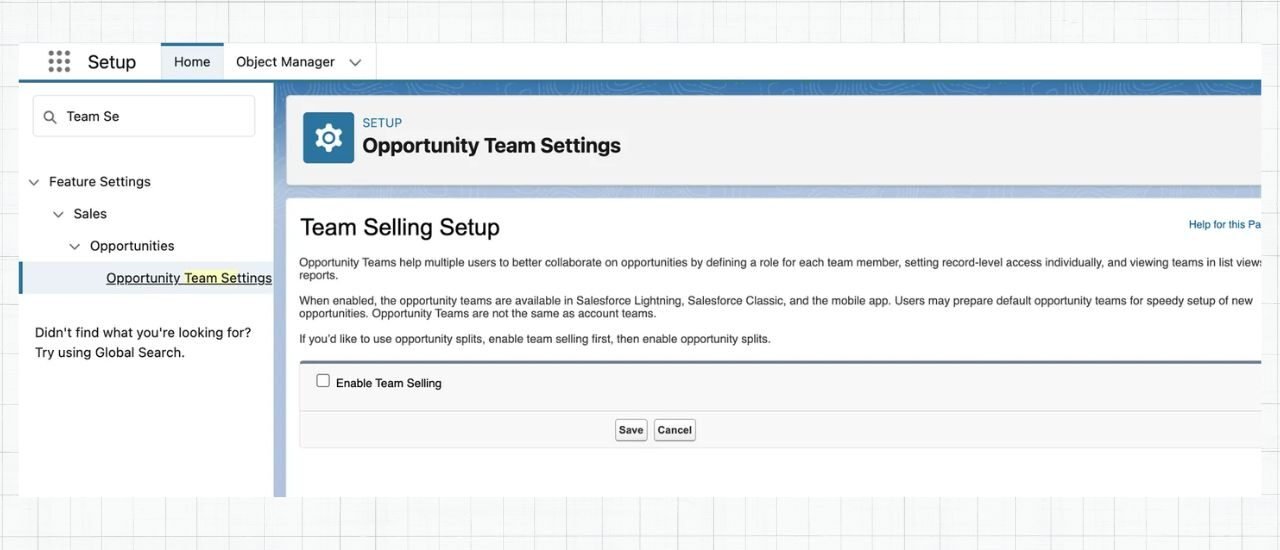
After that, we added the Team list to the Page layout.
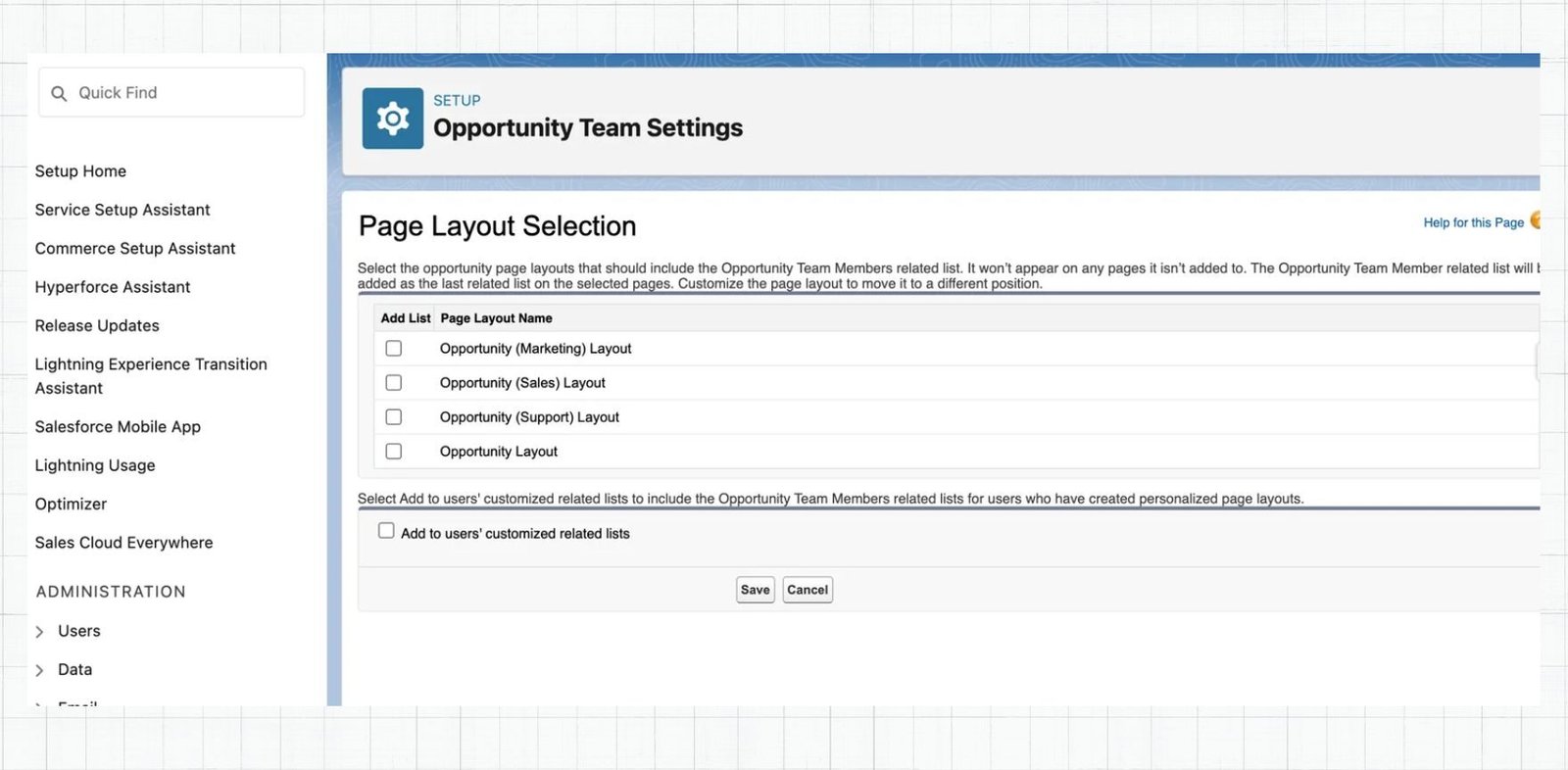
After adding it to the layout, we can set up the opportunity split setting. Search Opportunity Split in the Quick Find box, Click on Opportunity Split Settings
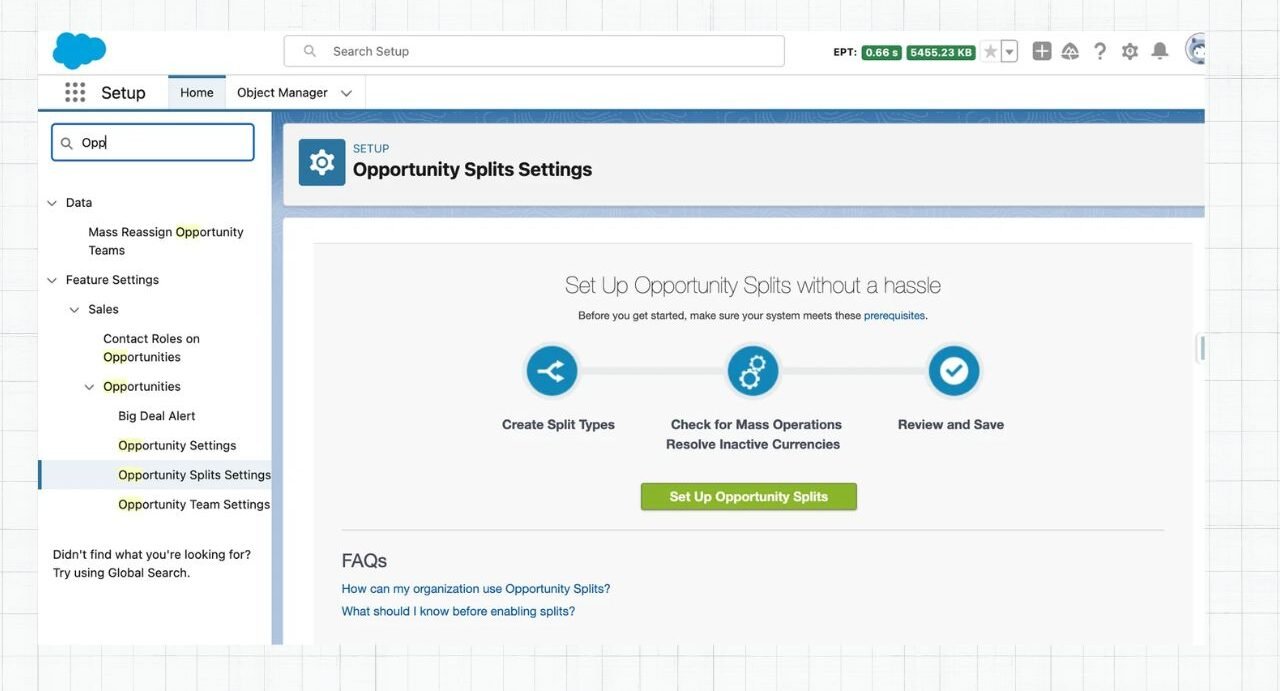
Here we will have two types of opportunity Split: Revenue and Overlay.
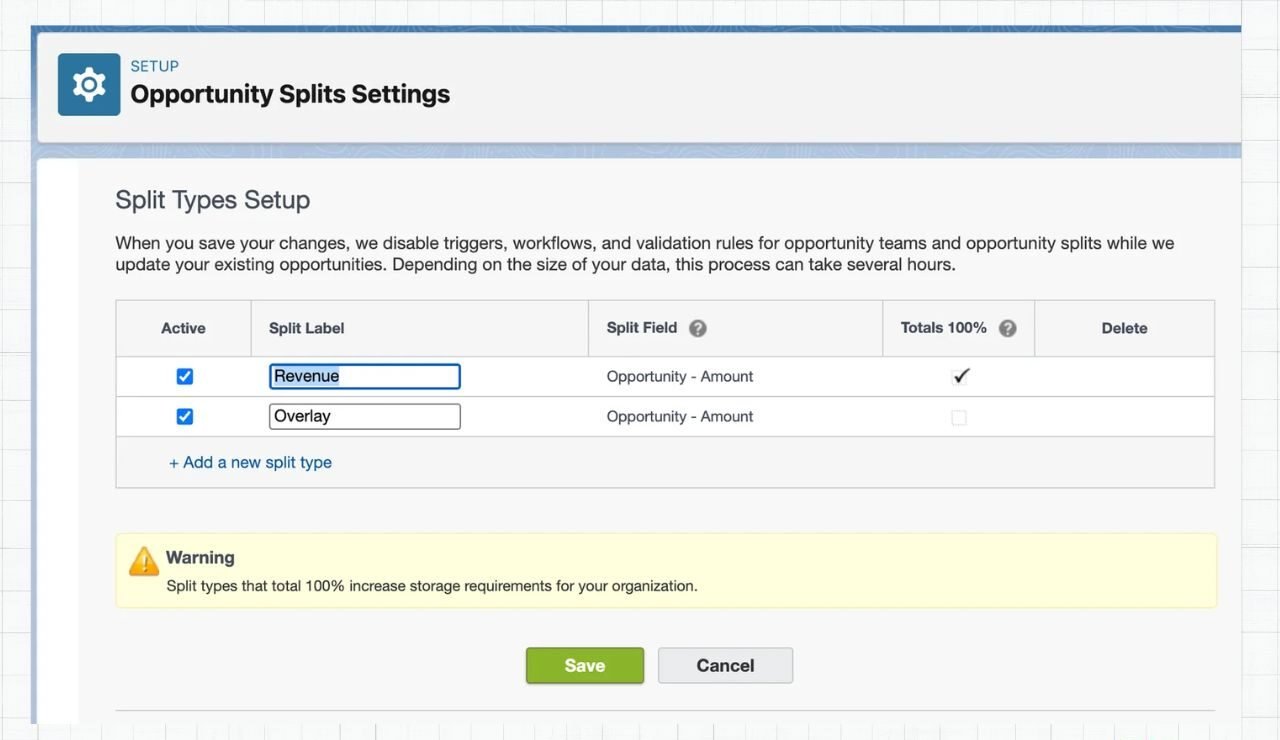
Hence, click on Save for now and then hit Enable in pop. After that add the split list to the layout.
Question 17. What is a Sales Funnel?
Answer – Sales Funnel is a term which represents the customer’s journey from prospect to purchase. It consists of several steps or levels which represent the current stage of a customer. It takes in many prospects and leads and filters them down giving us fewer paying customers. Each level can vary from company to company and industry to industry. Generally, some businesses use the traditional Sales Funnel like an AIDA model which consists of 6 levels (Awareness, Interest, Desire/Decision, Action) and others may use a modern sales funnel like the flywheel model (Attract, Engage, Delight).
Question 18. What is Path Settings in Sales Cloud?
Answer – Path can guide the sales representative working on the record to understand the business process which helps to sell the product faster. It’s a kind of sales process we can say which helps us to view the current step or the next step required to qualify the leads.
Question 19. What is the Lead Assignment Rule?
Answer – The Lead Assignment rule is the automation that organizes our leads generation process in Salesforce. It automatically assigns leads to users and queues based on the rule conditions regardless of whether leads are created manually, are generated from Web-to-Lead forms, or are imported using the Data Import Wizard.
To set the leads assignment rule we have to go to setup –> Quick Find box –> Lead Assignment Rules
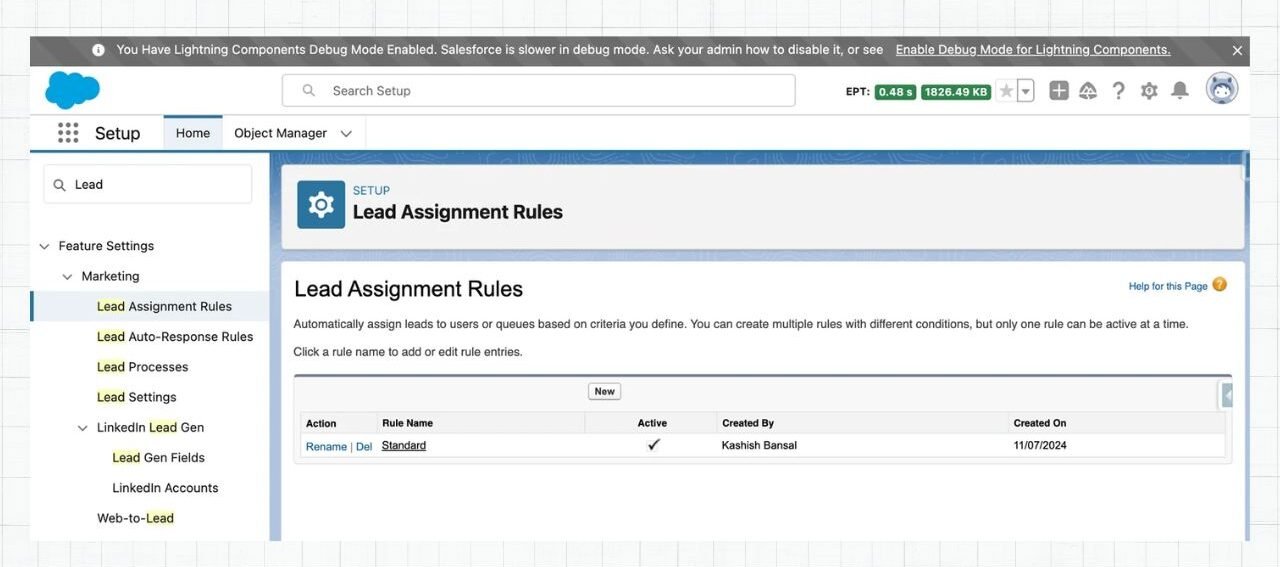
Click on New ( Here I have created a Demo Assignment Rule) Then we can create the Rule Entries.
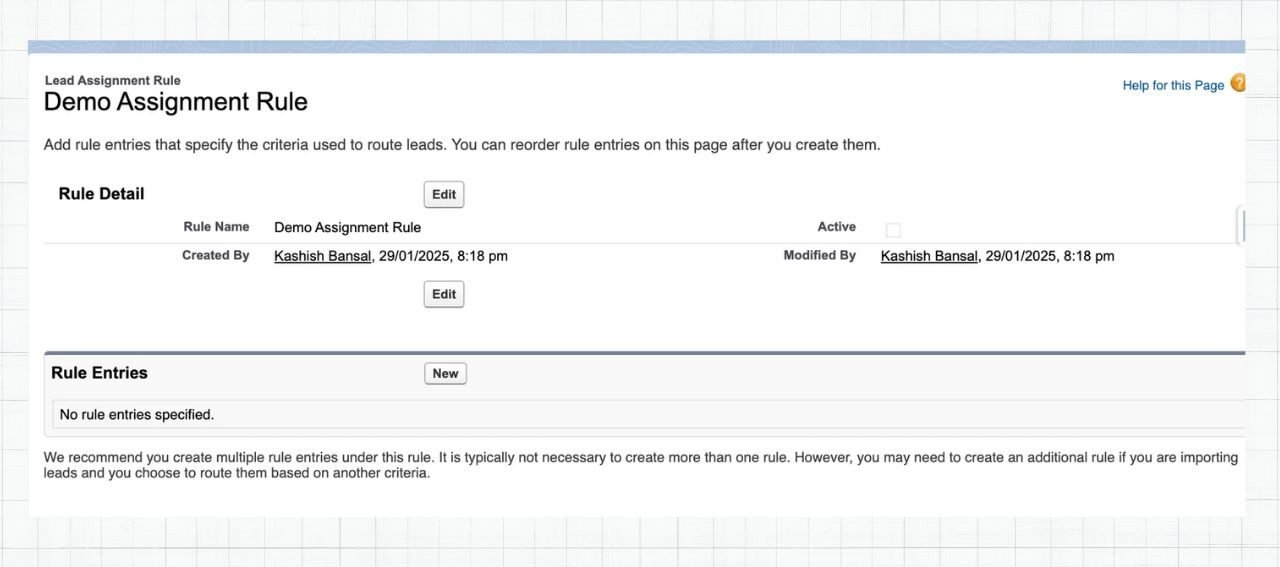
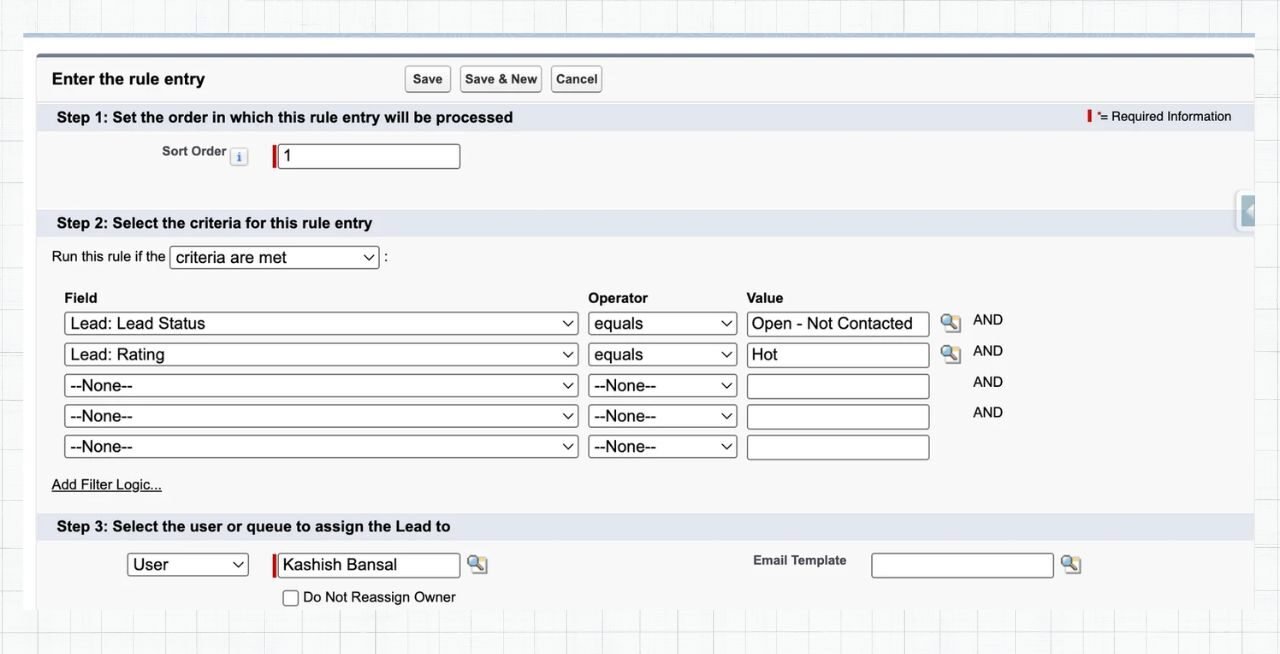
Like above we can create multiple rule entries and assign sort order based on which they will execute and then we can save and activate it.
Question 20. What is CPQ, and how is it related to Sales Cloud?
Answer – CPQ stands for Configure Price and Quote which is a powerful in Sales Cloud that helps companies manage complex product configuration, pricing structures, and quote generation. It provides the company with the accurate price of any given product. It allows users to create customised product bundles, apply discounts or pricing rules, and generate accurate quotes efficiently.
By automating these processes, CPQ ensures consistency, reduces errors, and speeds up the sales cycle, making it easier for businesses to handle large-scale or highly customized sales transactions.
Question 21. How do you manage duplicate Leads in the Sales Cloud?
Answer – You can set up Duplicate Rules and Matching Rules to automatically spot and merge duplicate leads, keeping your data clean and organized.
Question 22. What is Territory Management in Salesforce?
Answer – Territory Management in Sales Cloud helps businesses structure their sales teams efficiently by assigning accounts based on specific criteria like geography, industry, revenue potential, or other business factors. Instead of relying on traditional role-based ownership, it allows companies to create flexible territory models that align with their sales strategy.
Conclusion
Sales Cloud in Salesforce consists of a variety of tools and features to help teams work more effectively. These 20+ Sales Cloud Interview Questions and Answers cover a wide range of topics, from fundamental features to advanced functionalities. Preparing thoroughly with these questions will help you confidently ace your interview.

